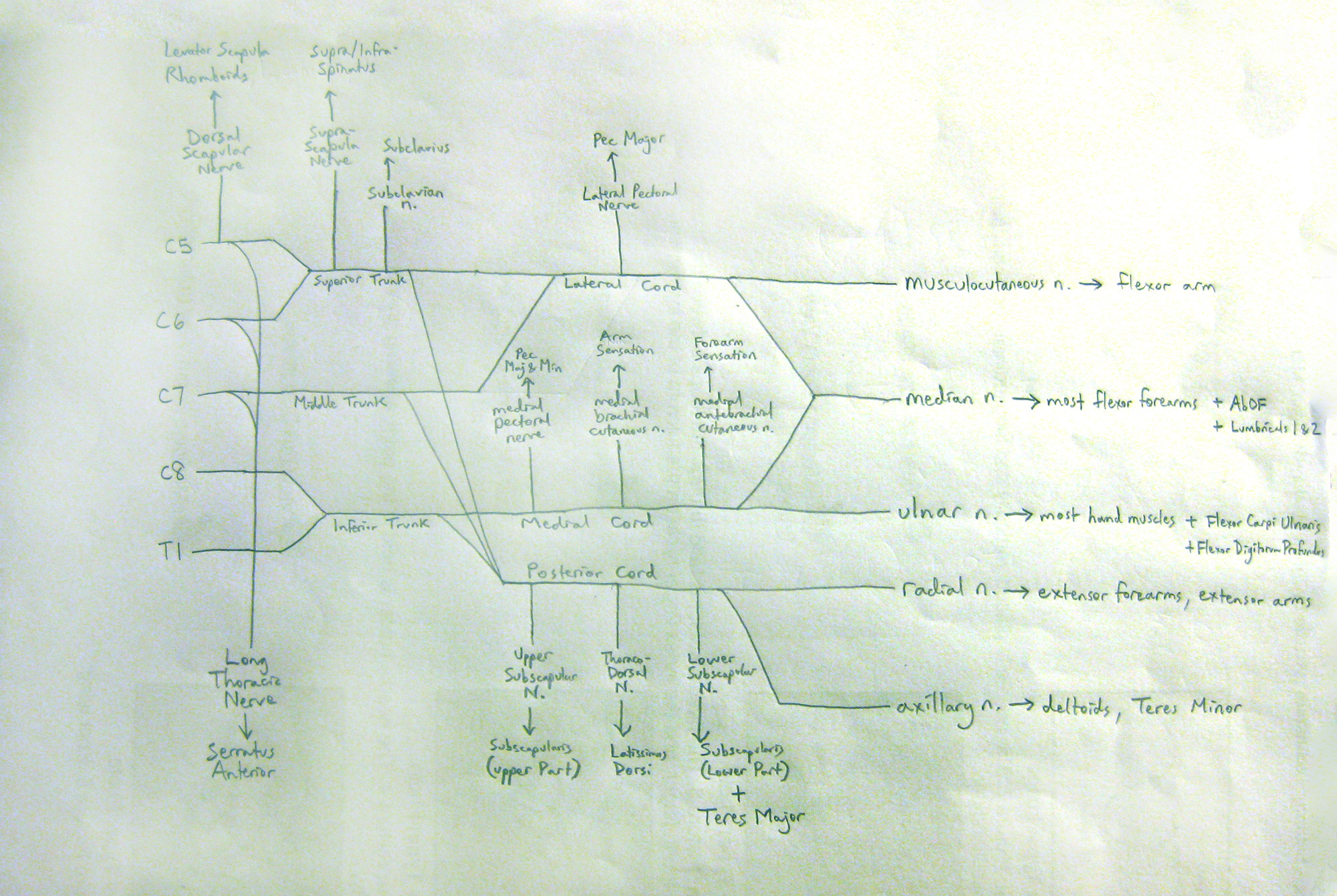Skeletal Muscle Relaxants
Skeletal Muscle Relaxants can be prescribed for musculoskeletal pain only if you find no relief with acetaminophen or NSAIDs. Skeletal muscle relaxants have not been proved to be more effective than acetaminophen or NSAIDS, and because of the side effects and lack of evidence for long-term efficacy, they should only be prescribed if Acetaminophen or NSAIDs have failed, and should be prescribed for short term (2 weeks) only. Also, avoid in the elderly, due to anticholinergic effects and increased risk of delirium.
Two Types:
- Antispastic Agents – treat hypertonicity, involuntary spasms from central conditions, like cerebral palsy or multiple sclerosis.
- Examples include Dantrolene, Baclofen
- Antispasmodic Agents – treat peripheral musculoskeletal conditions.
- Carisoprodol (Soma), Cyclobenzaprine (Flexeril), Metaxalone (Skelaxin), Methocarbamol (Robaxin)
- Both: Diazepam (Valium), Tizanidine
Side Effects of Antispasmodic Agents:
- More Sedating (use if pt wants rest): Cyclobenzaprine (39%), Tizanidine (92%)
- Less Sedating: Metaxalone (expensive), Methocarbamol (cheap)
- Abuse Potential (give only as last resort): Carisoprodol, Diazepam











